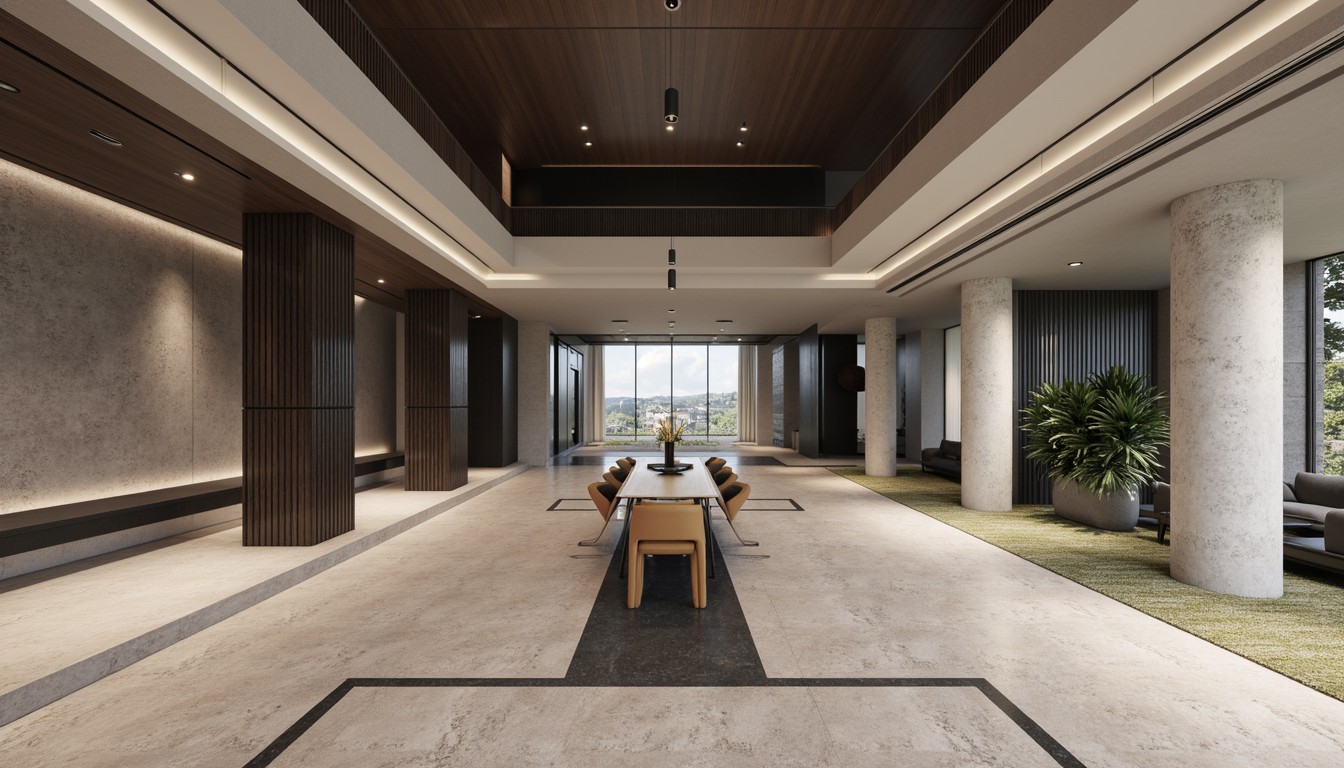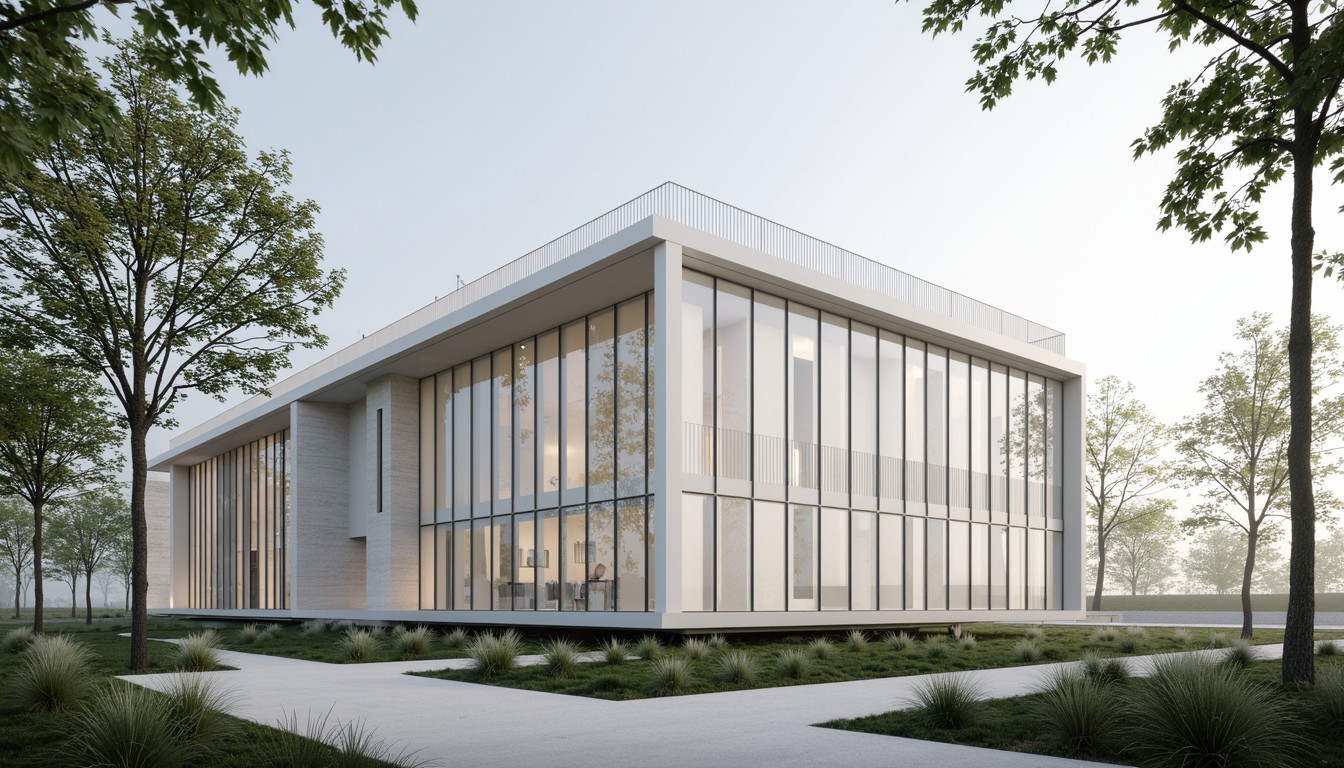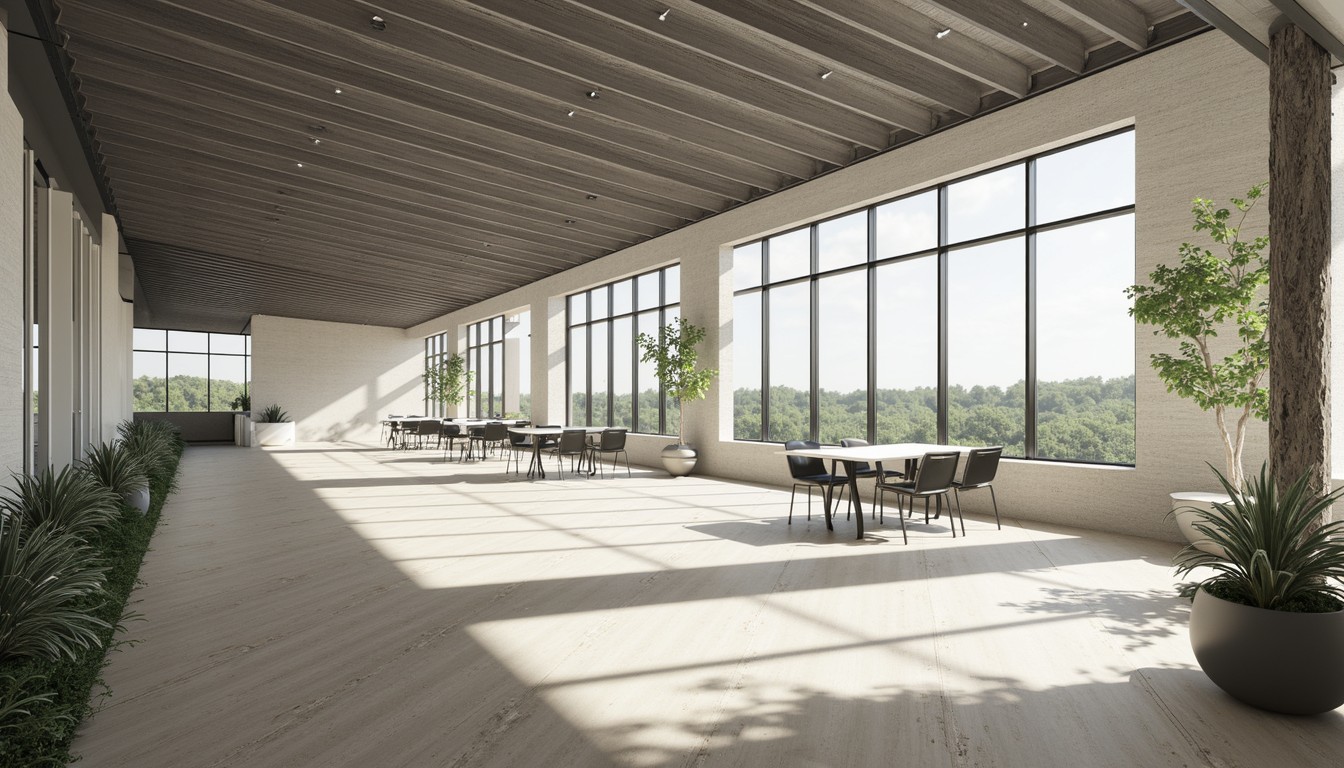BIM Integration: Seamless Construction with ArchNav
In today's dynamic construction landscape, efficiency and accuracy are paramount. Building Information Modeling (BIM) has emerged as a game-changer, offering a collaborative platform for architects, engineers, and contractors to design, construct, and manage buildings more effectively. ArchNav understands the transformative power of BIM and specializes in leveraging its capabilities to deliver exceptional architectural visualizations and seamless construction workflows.
Understanding the Power of BIM Integration

BIM is far more than just 3D modeling; it's a comprehensive digital representation of physical and functional characteristics of a place. This digital model contains detailed information about every aspect of a building, from structural elements and MEP systems to materials and cost estimations. Seamless BIM integration extends this functionality across various project stages, fostering collaboration and minimizing costly errors.
Key Benefits of BIM Integration in Construction:
- Improved Collaboration: BIM provides a central platform where all stakeholders can access and share the latest project information, reducing conflicts and misunderstandings.
- Enhanced Coordination: Clash detection and coordination become significantly easier, identifying potential problems early on before they become costly to fix during construction.
- Reduced Errors and Rework: The detailed nature of BIM minimizes the risk of errors during design and construction, saving time and money.
- Optimized Scheduling and Cost Control: Accurate data from BIM allows for better scheduling and cost estimations, leading to improved project management.
- Better Visualization and Communication: High-quality visualizations created from BIM models aid in effective communication with clients and stakeholders.
- Facilitated Construction Sequencing: BIM allows for detailed planning of construction sequencing, enabling a more streamlined and efficient process.
- Improved Sustainability: BIM can help optimize material usage, energy efficiency, and overall environmental impact of a building.
Real-World Applications of BIM Integration

The applications of BIM integration are vast and span various project types and scales. Here are a few examples:
1. Prefabrication and Modular Construction:
BIM plays a crucial role in prefabrication by providing precise models for manufacturing components off-site. This reduces on-site construction time, improves quality control, and minimizes waste.
2. 4D BIM for Construction Scheduling:
By integrating time data into the BIM model (4D BIM), project managers can simulate the construction process, optimizing schedules and identifying potential delays before they occur. This allows for proactive adjustments to maintain project timelines.
3. 5D BIM for Cost Estimation and Control:
Adding cost data to the BIM model (5D BIM) facilitates accurate cost estimations and real-time tracking of project expenses. This enhances budget management and allows for informed decision-making throughout the project lifecycle.
4. Facility Management:
BIM models can be used for facility management, providing a comprehensive database of building information for maintenance, repairs, and upgrades. This ensures long-term operational efficiency and cost savings.
Challenges in BIM Integration
While BIM offers significant advantages, successful implementation requires addressing certain challenges:
- Data Interoperability: Ensuring different software platforms used by various stakeholders can seamlessly exchange data is crucial.
- Training and Expertise: Adequate training for project teams on BIM software and workflows is essential.
- Initial Investment Costs: Implementing BIM requires upfront investment in software, hardware, and training.
- Data Management: Effective data management strategies are critical to prevent data loss and ensure data integrity.
ArchNav's Expertise in BIM Integration

ArchNav is at the forefront of architectural visualization, leveraging the power of BIM to deliver exceptional results. We understand the intricacies of BIM integration and offer comprehensive services to streamline your construction workflows. Our team of experienced professionals utilizes cutting-edge software and techniques to create high-quality visualizations, accurate models, and detailed documentation, ensuring seamless collaboration and efficient project delivery.
We provide services including:
- BIM Modeling and Coordination
- 4D and 5D BIM Simulations
- High-Resolution Architectural Visualizations
- Virtual Reality and Augmented Reality Experiences
- Construction Documentation and Drawings
Conclusion
BIM integration is no longer a luxury but a necessity for successful construction projects. By embracing BIM's capabilities, you can achieve significant improvements in collaboration, efficiency, and cost control. ArchNav's expertise in BIM integration helps you navigate the complexities of this technology, unlocking its full potential to transform your projects from inception to completion. Contact us today to discuss how we can help you achieve seamless construction with the power of BIM.
